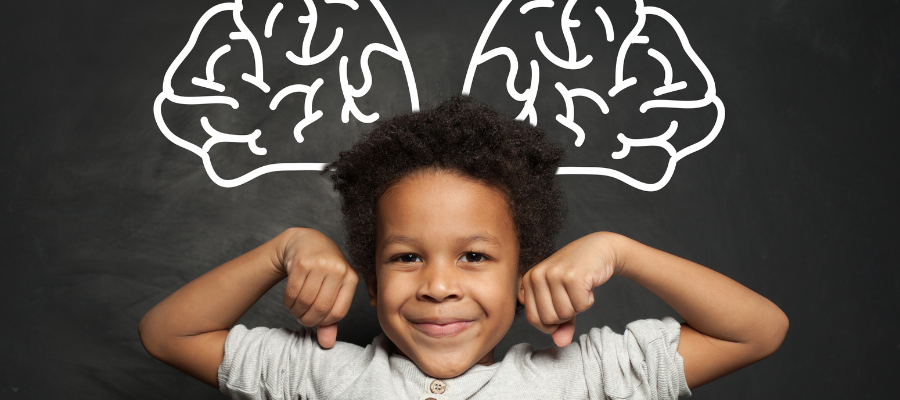
The Vocabulary Development in Pediatric Speech Therapy
When a child speaks their first word, it feels like magic—but behind that moment is a fascinating mix of linguistic development, cognitive growth, and environmental support. In pediatric speech therapy, one of the most essential goals we focus on is vocabulary building. Not just learning more words, but learning how words work—something deeply rooted in the field of linguistics.
Let’s explore how vocabulary development is more than just “talking,” and how speech therapists use linguistic principles to help children become confident communicators.
What is Vocabulary Building in Linguistics?
In linguistics, vocabulary development is a part of lexical acquisition—the process of learning and organizing words into mental categories. It involves:
► Phonological awareness: recognizing sound patterns in words
► Morphology: understanding word parts like roots, prefixes, and suffixes
► Syntax: knowing where words fit in a sentence
► Semantics: grasping word meaning, both literal and implied
These areas combine to help children not only say words but use them meaningfully.
Why Vocabulary Matters in Pediatric Speech Therapy
Many children with speech or language delays struggle with expressive or receptive vocabulary. They might:
► Use fewer words than peers their age
► Struggle to find the right word
► Use general words like “that” or “thing” instead of specific ones
► Misunderstand classroom instructions due to limited word knowledge
Speech therapists use linguistic strategies to help children build vocabulary that supports academic, social, and emotional development.
Evidence-Based Strategies to Build Vocabulary
Here’s how speech-language pathologists (SLPs) help children grow their vocabulary:
1. Category Sorting (Semantic Organization)
We teach children to sort words by meaning—fruits, animals, tools, etc.—so they can retrieve and relate words better.
Linguistic link: semantics
2. Word Mapping and Word Webs
Creating visual maps of words (e.g., “run” connects to jog, dash, sprint) helps expand meaning and usage.
Linguistic link: lexical networks
3. Rich Oral Language Exposure
Through book reading, storytelling, and guided conversation, therapists model and reinforce new vocabulary.
Linguistic link: input-based learning
4. Morphological Awareness
Teaching word parts—like “re-,” “-ing,” or “un-”—empowers children to decode and build new words.
Linguistic link: morphology
5. Contextual Learning
Children learn best when words are tied to real-life experiences. Therapists connect new vocabulary to the child’s world—like “sticky” during a messy snack time.
Linguistic link: pragmatics and situational context.
Tips for Parents: Building Vocabulary at Home
You play a key role in your child’s vocabulary growth! Try these simple activities:
► Name everything: Label toys, food, clothing as you play or go through routines.
► Use specific words: Say “rectangle” instead of “shape,” or “giraffe” instead of “animal.”
► Read daily: Books expose children to rich vocabulary they might not hear in conversation.
► Repeat and expand: If your child says “dog,” you can say, “Yes! That’s a big, fluffy dog.”
► Ask open-ended questions: Encourage responses longer than “yes” or “no.”
Final Thoughts
In pediatric speech therapy, vocabulary building is more than memorizing word lists—it's about unlocking the structure of language and guiding children to use words effectively and confidently. By combining linguistic science with playful, child-centered strategies, speech therapists help build the foundation for lifelong communication success.
Whether your child is a late talker or just needs a little boost, enriching their vocabulary is one of the most powerful gifts you can give—and we’re here to help every step of the way.
